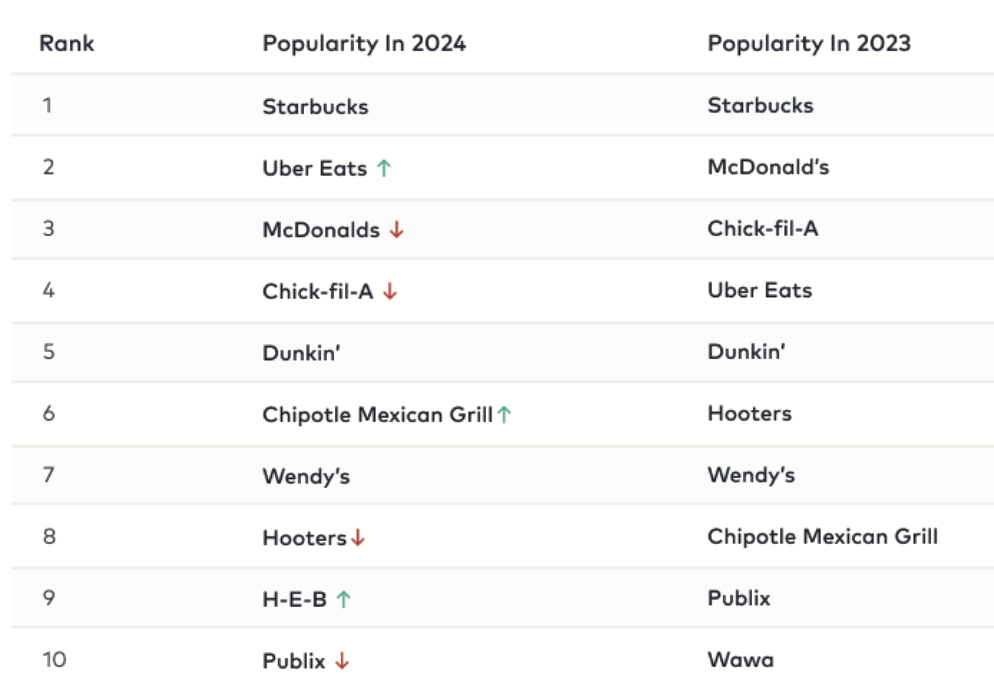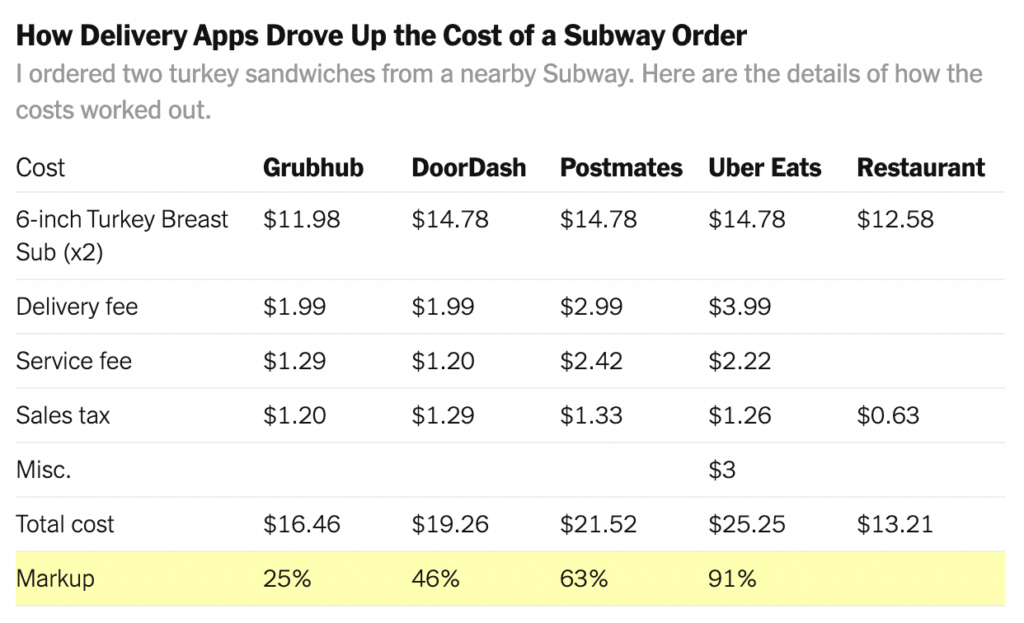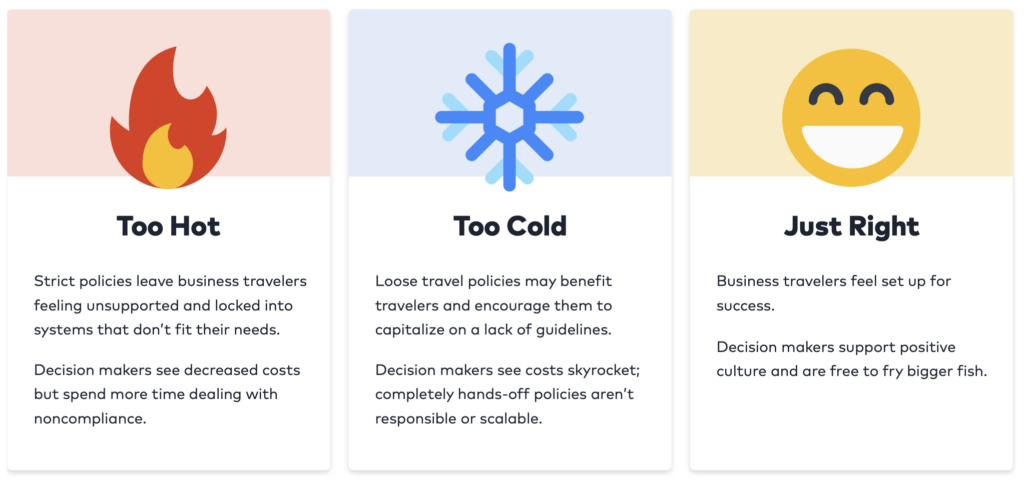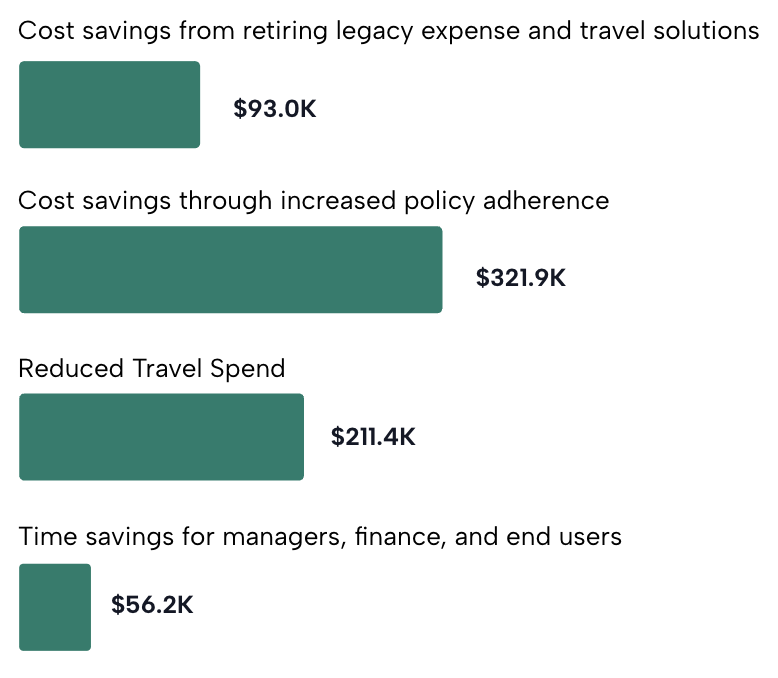One of the biggest T&E spending trends last year was that food delivery apps (and their fees) are now more common than in-restaurant meals. And you’re likely wasting at least 20% of the receipt total on food delivery fees alone.
We hosted a deep dive on these T&E trends with the CFO Leadership Council and polled CFOs to see if their T&E policies guide employees on food delivery apps. In short, they don’t.
Table of Contents
Runaway Food Delivery Fees for Business Meals
Last year, UberEats surged to the second most popular merchant for business meals.

But food delivery app fees dramatically inflate costs – we’re talking 92% more expensive than the pickup price. And among the apps, UberEats has some of the highest and most unpredictable fees:

A Policy Gap
But when we asked CFOs if they’d clarified a food delivery app policy to reflect 2025 T&E trends, more than 97% said no.

It’s worth reviewing your expense data to see how often people were expensing food delivery apps in 2023 versus 2024. There’s a pretty good chance the trend is growing.
>> Related: The Importance of Well-Defined T&E Policies <<
If you have an expense tracking platform, it’s even easier to find these spending categories, and then scrutinize the receipts. How much are you paying in fees, specifically? Are certain regions, teams, or titles heavier spenders?
We’re always big fans of transparency… and sharing with the exec team or the broader company that your organization spent tens of thousands on Uber Eats fees would be… sobering.
From there, what do you want that spending pattern to look like in 2025? And what policies need to shift to achieve it?
Finding a Food Delivery App Policy Balance
Every organization risks self-sabotage with rigid and draconian expense policies. If you ban ALL food delivery apps, you may end up paying for round-trip Lyfts, particularly in suburban and rural areas. Or for a lot more room service (with its own 20% service charge).

Instead, consider what guidance would improve both cost-savings and compliance?
- Don’t be vague — employees’ varied backgrounds and values can lead to drastically different interpretations.
- Provide real-world examples and scenarios of allowable and non-allowable expenses.
- Keep it short — the longer and more nuanced your policy, the more likely employees are to skim over it or ignore it all together.
- Beware getting too granular or rigid. A 50% tip on a $3 coffee is neither fraudulent nor wasteful.
- And, of course, consider quality of life. Convenience does matter. Time does cost money. And employees are honestly weary after hours of meetings and travel.
5 Food Delivery App Policy Ideas:
- Stop reimbursing the fee itself. Those who truly value the convenience will keep paying for it.
- Limit food delivery app orders from HQ. We used to send someone to pickup group orders… remember those days?
- Alternatively, get a corporate account for HQ and at least minimize the fees.
- Encourage staff to actually eat out together. Imagine!?
- Limit food delivery apps in city centers where good food is just a block away.
>> Related: What Does T&E Look Like in 2025? <<
The ROI of a Good T&E Policy
In the end, no matter the policy, adherence is the most important part of T&E management. In a recent study of ROI for TravelBank customers conducted by Forrester Consulting, they modeled that improving policy compliance netted the greatest financial benefit:

Companies simply have to create modern T&E policies that reflect how employees travel and work in 2025, not in 2019.
©2024 TravelBank. All rights reserved. The content above includes data and information from the 2024 State of Business T&E Report that is the proprietary property of TravelBank. Reproduction, distribution or use of the study, in whole or in part, without the express written permission of TravelBank is strictly prohibited. All trademarks are the property of their respective owners.




